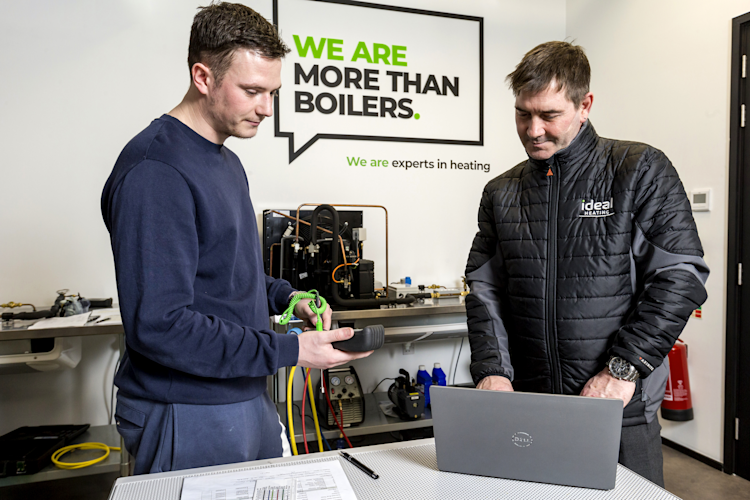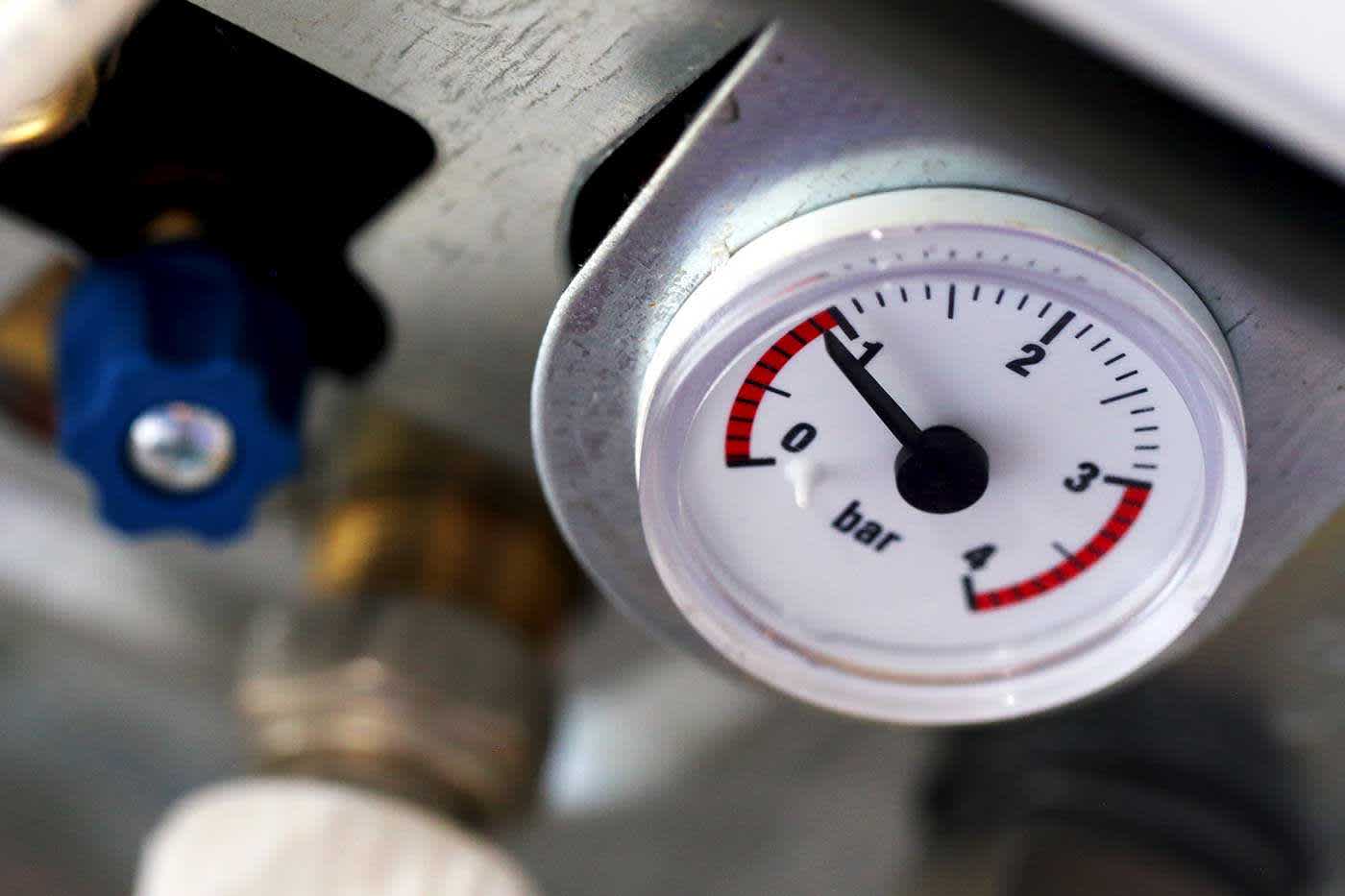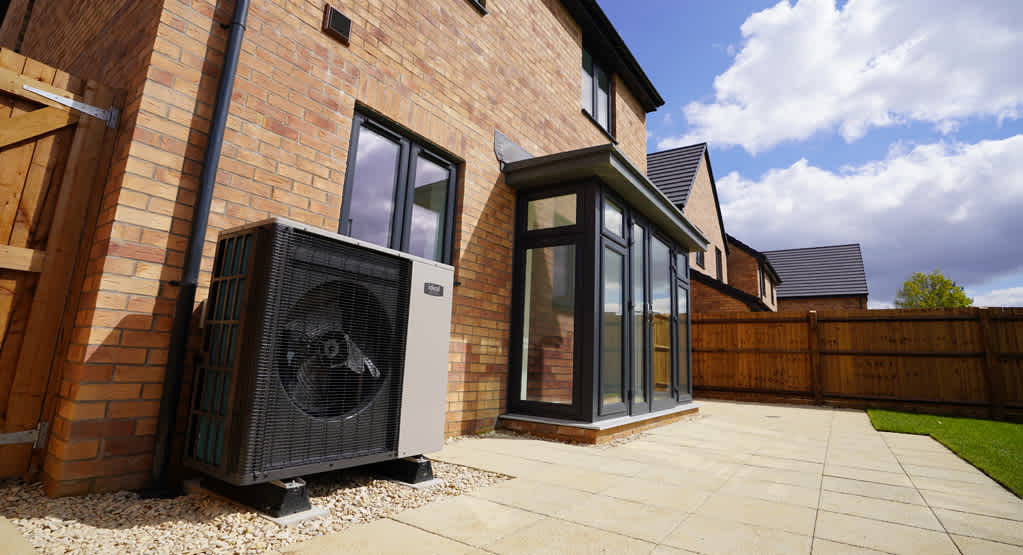
How to bleed a radiator?
Bleeding a radiator is one central heating job that can be carried out by a non-professional. It’s a simple procedure, and can restore heat to a cold radiator in minutes. We’ll have a quick look at what’s going on inside the radiator so the process of bleeding will make a lot more sense. Then we’ll go over bleeding itself.
Why do radiators need bleeding?
After running a central heating system for some time, it’s almost inevitable that air will get into the system. Remember, the same water is being pumped around the system time and time again, and it’s under pressure, so any air trapped in the system will stay there and accumulate.
You’ve probably noticed that water enters and leaves the radiators through pipes at the bottom. Hot water enters the radiator there, warms up the water filling it and passes on to the next radiator, and the next, before ending up back in the boiler to be re-heated. In ideal circumstances, the radiators are completely full of water.
When air gets in the system, however, it will always go upwards as it’s less dense than the water. Eventually, a pocket of air will sit at the top of the radiator, and no amount of re-pressurising will get rid of it. That’s when it needs bleeding.
How can I tell if a radiator needs bleeding?
The simplest way to find out is to turn the heating on, wait for it to warm and press your hand against the radiator at the bottom then slide it upwards towards the top. If the radiator gets cooler as you slide upwards, you know there’s air in there, as hot water will be the same temperature throughout.
How to bleed a radiator
Most domestic radiators require a small butterfly-shaped key to bleed them. If you haven’t got one, you can buy one from all DIY stores and many supermarkets or general stores.
Put a tray or other container on the floor underneath the end of the radiator, and stuff rags between the radiator and the wall. This is because dirty radiator water will emerge that could cause stains on carpets and walls. It’s best not to use a container that you use for food preparation.
Now, push the key onto the small bolt that you’ll find at the top of the radiator (usually on the side), and turn it a small amount (about a quarter of a turn or less) anticlockwise. You’ll start hearing a hissing sound as the compressed air gets released. If you open the bleed valve more, the job will be done faster but you risk spilling more radiator water as it can squirt out quite a distance. Be patient and all the air will be bled out within a minute or two.
You know there’s no air left when you start to see water trickling out. As quickly as possible, tighten up the valve by turning it clockwise. Give it a firm twist but don’t over-tighten it as it can damage the thread.
Not all radiators or towel rails require a bleed key. Some have a slot for a screwdriver; others require a spanner. But the principle remains the same – open it up slowly, listen for air escaping, then close it as soon as water emerges.
Re-fill the system
Because there is now water where there used to be air, you’ll need to let more water into the system to keep the pressure correct. Consult your boiler’s documentation to find out how to do this. It normally involves turning two taps underneath the boiler.


















